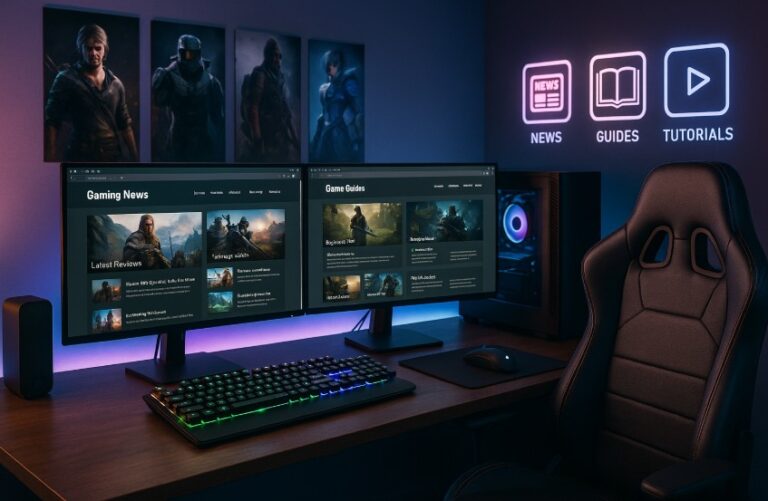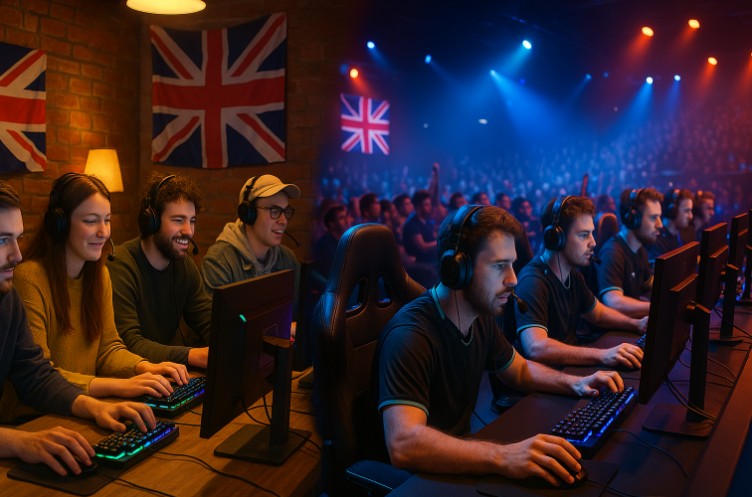The connection between skateboarding and gaming reached new heights with the introduction of a video game franchise named after a legendary American athlete.
Tony Hawk, a pioneer in professional skateboarding, became the face of a groundbreaking series that reshaped sports gaming.
Developed by Neversoft and published by Activision, the franchise debuted in 1999 and introduced millions to skate culture through engaging gameplay and memorable design.
This article explores the evolution and enduring influence of the Tony Hawk video game series.
Who is the American Skateboarder Behind the Iconic Game Franchise?
![]()
Image – Source
Tony Hawk is widely known as the American skateboarder after whom a video game franchise is named.
Born in San Diego, California, in 1968, Tony Hawk became a professional skateboarder at the age of 14 and quickly rose through the ranks.
By the late 1980s and early 1990s, he was dominating vertical skateboarding competitions and setting new standards for the sport.
Hawk was renowned for his innovative tricks and fearless style. The most significant moment in his career occurred during the 1999 X Games, when he became the first skater to land a 900, a trick involving two and a half spins mid-air.
This feat captured global attention and coincided with a crucial business collaboration that would define his name in gaming history.
His influence extended beyond skateboarding competitions. Tony Hawk became a cultural figure, regularly featured in media, marketing campaigns, and documentaries.
His name became instantly recognisable, not only within the skateboarding community but also in mainstream culture.
How Did Tony Hawk’s Name Become Synonymous With Skateboarding Games?
In the late 1990s, Activision was seeking to develop a sports video game that captured youth culture. The popularity of extreme sports was growing, and skateboarding was at the forefront.
Activision partnered with Neversoft, a developer known for its technical capabilities, and approached Tony Hawk to lend authenticity and market appeal to the game.
Tony Hawk’s direct involvement in the game’s creation was vital. Rather than simply licensing his name, Hawk worked closely with developers to ensure the mechanics and feel of skateboarding were accurately represented.
His insights contributed to the realistic physics, trick execution, and level design that became trademarks of the series.
This collaboration allowed the first title, Tony Hawk’s Pro Skater, to stand out. Its realistic depiction of skateboarding culture, combined with intuitive controls and engaging gameplay, helped it resonate with a wide audience.
What Made Tony Hawk’s Pro Skater Series a Groundbreaking Success?
The success of Tony Hawk’s Pro Skater was driven by a combination of innovative gameplay, unique design choices, and cultural relevance.
The game introduced players to a fresh concept that combined arcade-style mechanics with realistic trick systems.
Key features that contributed to the franchise’s success include:
- A fluid control system that allowed players to link tricks seamlessly
- Level designs inspired by real-world locations, offering diverse environments
- An engaging progression system with objectives and unlockables
- A distinctive soundtrack featuring punk, hip-hop, and alternative rock
The soundtrack deserves particular mention. Tracks like “Superman” by Goldfinger and “Guerrilla Radio” by Rage Against the Machine created a powerful auditory experience that aligned with the rebellious tone of skateboarding culture.
The music choices reflected the subculture and introduced players to artists they may not have otherwise encountered.
Critics praised the game’s ability to balance realism with accessibility. It appealed to both hardcore gamers and casual players, making it one of the most influential sports titles of its time.
Which Are the Main Titles in the Tony Hawk’s Video Game Series?
The Tony Hawk video game series has expanded over multiple generations of consoles, developers, and game engines.
Below is a table summarising the key entries in the series, highlighting the main titles that shaped the franchise’s legacy.
Main Installments in the Tony Hawk’s Franchise
| Year | Title | Developer | Notable Features |
| 1999 | Pro Skater | Neversoft | Introduced core gameplay mechanics |
| 2000 | Pro Skater 2 | Neversoft | Added manuals, create-a-skater mode |
| 2001 | Pro Skater 3 | Neversoft | Introduced revert and online multiplayer |
| 2002 | Pro Skater 4 | Neversoft | Open-ended level structure |
| 2003 | Underground | Neversoft | Added story mode and off-board movement |
| 2004 | Underground 2 | Neversoft | Enhanced storytelling, world travel |
| 2005 | American Wasteland | Neversoft | Continuous open world |
| 2006 | Project 8 | Neversoft | Introduced nail-the-trick mechanics |
| 2007 | Proving Ground | Neversoft | Final Neversoft title in the series |
The early 2000s marked the peak of the franchise’s popularity. Each game introduced new features and gameplay improvements, ensuring continued interest and innovation. From create-a-park modes to story-driven campaigns, the series evolved with each release.
Why Did the Tony Hawk Franchise Decline in the 2010s?
After Proving Ground in 2007, Neversoft handed over development duties to Robomodo. The transition brought significant changes that altered the identity of the franchise.
Robomodo introduced motion-sensing peripherals in Tony Hawk: Ride and Tony Hawk: Shred, attempting to simulate real skateboarding through a board-shaped controller.
While the idea was ambitious, the execution was flawed. Players found the controls unresponsive and frustrating, and the limited gameplay options failed to meet expectations. The critical and commercial failure of these titles affected the franchise’s reputation.
Tony Hawk’s Pro Skater 5, released in 2015, was intended to return the series to its roots. However, it launched with numerous technical issues, outdated graphics, and minimal content.
The game was criticised heavily by both fans and reviewers. These missteps led to Activision allowing its licensing agreement with Tony Hawk to expire.
Additional factors in the decline included:
- Shifts in gaming trends towards open-world and online multiplayer experiences
- Increased competition from emerging franchises such as Skate
- Lack of innovation in later titles
The once-dominant skateboarding series lost relevance during this period, and many assumed it had reached its end.
How Did the Series Make Its Comeback in the 2020s?
The franchise experienced a significant revival in 2020 with the release of Tony Hawk’s Pro Skater 1 + 2. Developed by Vicarious Visions, the game was a high-definition remake of the first two titles.
It maintained the core mechanics of the originals while adding modern enhancements like improved graphics, smoother animations, and online multiplayer.
The remake was well received by both critics and fans, marking a return to form for the series. It demonstrated that the core gameplay, when refined and modernised, still had widespread appeal.
Following its success, a second remake was announced. Tony Hawk’s Pro Skater 3 + 4 was developed by Iron Galaxy and scheduled for release in 2025.
The remake aims to continue the momentum of the revived series and attract both nostalgic players and newcomers.
The return to traditional gameplay and the removal of hardware gimmicks helped restore confidence in the franchise.
Comparison of Key Development Phases
| Phase | Developer | Key Games | Reception |
| 1999–2007 | Neversoft | Pro Skater 1–4, Underground | Critically acclaimed |
| 2008–2015 | Robomodo | Ride, Shred, Pro Skater 5 | Poor reception |
| 2020–Present | Vicarious Visions, Iron Galaxy | Remakes of 1–4 | Strong positive response |
The franchise’s resurgence can be attributed to a return to quality, player-centric development, and an understanding of what made the original games successful.
What is Tony Hawk’s Legacy in Gaming and Skate Culture?

Image – Source
Tony Hawk’s legacy spans both the world of professional skateboarding and the broader realm of popular culture. In gaming, his franchise pioneered the extreme sports genre and inspired numerous imitators.
The early games introduced millions of players to skateboarding, many of whom became lifelong fans of the sport.
His influence extends to community-driven projects like THUG Pro, a fan-made game that integrates features and levels from multiple Tony Hawk titles.
This mod keeps the spirit of the franchise alive through online multiplayer and a dedicated player base.
Tony Hawk also continues to be active in promoting skateboarding through his foundation and media work.
He has become an ambassador for the sport, advocating for skateparks in underserved communities and maintaining a presence in documentaries and interviews.
The video game franchise that bears his name remains a vital part of his cultural contribution. With successful remakes and renewed interest, Tony Hawk’s impact on both gaming and skate culture endures.
What Platforms Have Supported the Tony Hawk Games Over Time?
One of the reasons for the widespread success of the Tony Hawk’s series is its accessibility across a wide variety of platforms.
The games have been released on nearly every major console and operating system since 1999.
The platforms include:
- PlayStation (1 through 5)
- Xbox, Xbox 360, Xbox One, Xbox Series X/S
- Nintendo 64, GameCube, Wii, Switch, Switch 2
- Game Boy Color, Advance, Nintendo DS
- PC (Windows and Macintosh)
- Mobile platforms including iOS and Android
- N-Gage and other legacy handheld systems
As the gaming industry evolved, so did the technical capabilities of these platforms. Each new hardware generation enabled improved graphics, more complex gameplay, and larger online communities. This cross-platform availability played a major role in building a large, diverse fanbase.
Conclusion
Tony Hawk’s name remains deeply embedded in both skateboarding history and video game culture.
From pioneering extreme sports gaming to inspiring generations of players, the franchise’s journey reflects the broader impact of authenticity and innovation in entertainment.
Despite a period of decline, the series has successfully returned with modern remakes that honour its legacy.
As technology advances and interest resurges, the Tony Hawk brand continues to stand as a symbol of creative collaboration and cultural relevance in gaming.
FAQs About Tony Hawk and the Video Game Series
What is the first Tony Hawk game ever released?
The first game in the franchise, Tony Hawk’s Pro Skater, was released on 29 September 1999 for the original PlayStation console.
Why did the Tony Hawk games lose popularity?
A shift in development from Neversoft to Robomodo, introduction of poorly-received peripherals, and declining game quality contributed to the franchise’s dip in popularity during the 2010s.
Is Tony Hawk involved in game development?
Yes, Tony Hawk was actively involved in the development of the early games, particularly to ensure skateboarding realism and authenticity.
What are the best-rated Tony Hawk games?
Tony Hawk’s Pro Skater 2 and Tony Hawk’s Pro Skater 3 are frequently ranked among the best games of all time on PlayStation and PlayStation 2.
What is THUG Pro?
THUG Pro is a fan-made mod of Tony Hawk’s Underground 2 that incorporates levels and features from multiple entries in the series for online multiplayer.
Will there be more Tony Hawk games in the future?
As of 2025, the franchise has seen a revival with Tony Hawk’s Pro Skater 3 + 4, suggesting continued interest and potential future titles.
Are the Tony Hawk games good for casual players?
Yes, the games are designed to be accessible, allowing beginners to enjoy arcade-style fun while offering depth for experienced players.
Featured Image – Source







